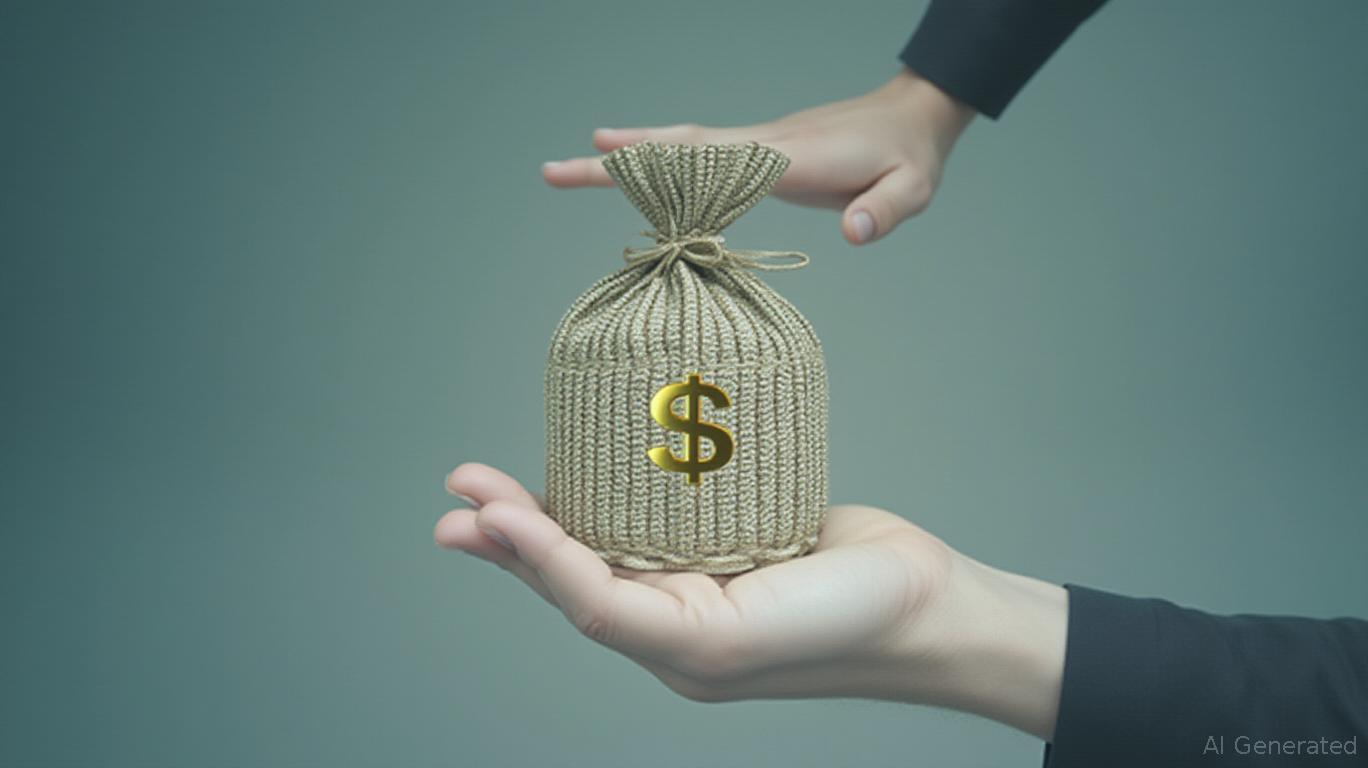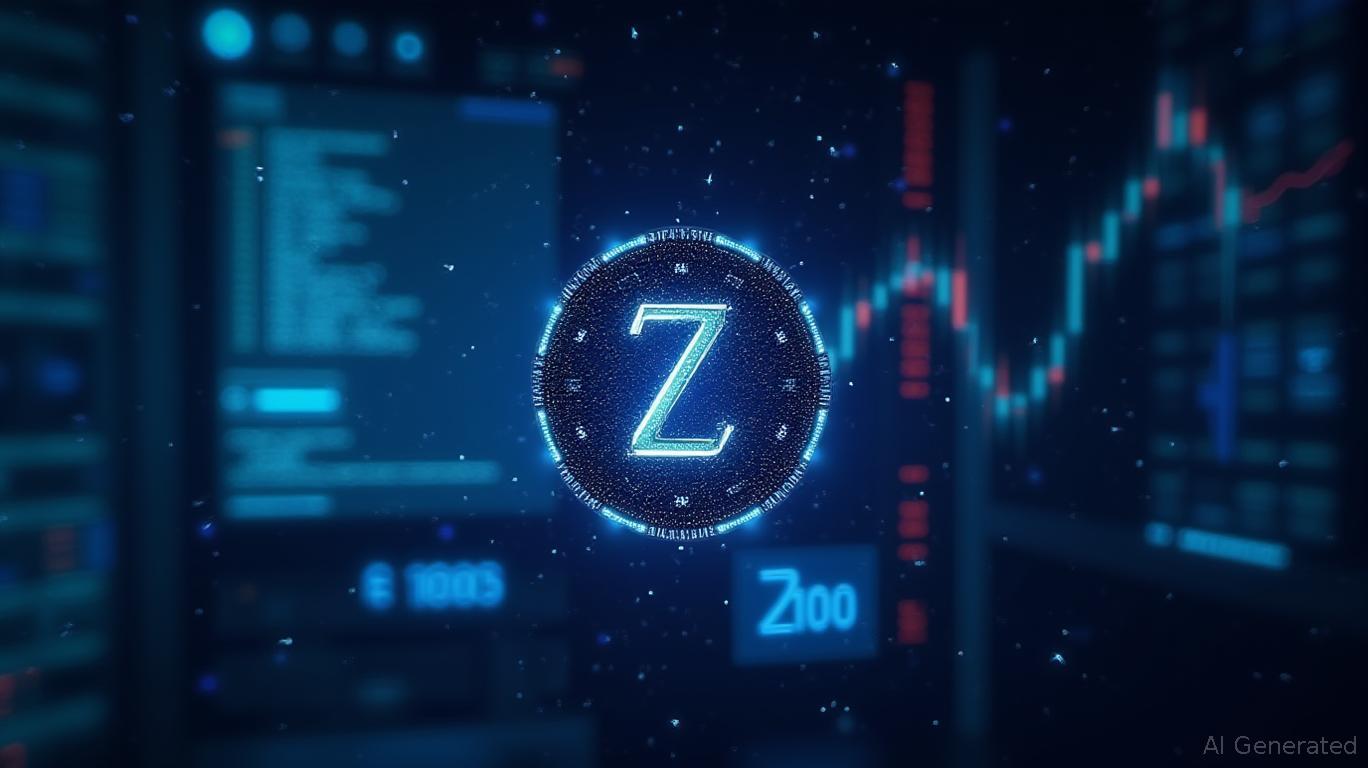Private Credit Industry Shifts Focus to Managing Risks During Economic Instability
- Private credit providers like Barclays and Deutsche Bank are tightening risk controls amid economic uncertainty, boosting stable income streams and capital buffers. - Barclays reported £5.2B H1 2025 profit with 73% stable revenue, while Deutsche Bank's private banking revenue rose 4% to €2.4B amid declining credit loss provisions. - Subprime lender Credit Acceptance saw 16.5% loan volume drop and 5.1% market share, prioritizing margin stability over volume as affordability challenges persist. - Industry-
Recent industry updates reveal that private credit lenders are increasingly implementing tougher legal protections for borrowers, as worries about possible economic challenges intensify. With companies burdened by debt feeling greater strain, organizations such as

Barclays announced a 24% increase in pre-tax earnings for the first half of 2025 compared to the previous year, reaching £5.2 billion, fueled by robust results from its UK operations and private banking arm. The bank’s net interest income (NII) climbed 12% to £3.1 billion in the second quarter of 2025, with steady income sources now making up 73% of total revenue—a crucial indicator of the bank’s ability to withstand market swings. Barclays’ CEO highlighted a renewed focus on UK-centric business, noting that its Private Bank & Wealth Management unit delivered a 31.9% return on tangible equity (RoTE), reinforcing confidence in meeting 2026 financial objectives.
At the same time, Deutsche Bank’s private banking segment recorded a 4% year-over-year rise in net revenue to €2.4 billion in the third quarter of 2025, driven by a 9% boost in net interest income to €1.6 billion. Assets under management reached €675 billion, reflecting €13 billion in net new assets and supportive market trends. CEO Christian Sewing credited the gains to the bank’s “Global Hausbank” strategy, which puts clients and shareholders at the center during uncertain times. Nevertheless, the bank also reported a 16% reduction in credit loss provisions, indicating a cautious but positive outlook amid ongoing economic unpredictability.
The move toward stricter lending standards extends beyond large institutions. Subprime auto lender
This overall shift signals a greater emphasis on risk control as banks prepare for possible loan defaults. Barclays’ focus on reliable income and Deutsche Bank’s attention to private banking liquidity mirror a broader industry effort to strengthen capital reserves. For subprime lenders like Credit Acceptance, these trends highlight the increased risks faced by borrowers as lending standards tighten.
Experts point out that the heightened attention to debt portfolios is part of a broader reaction to macroeconomic challenges, such as inflation and regulatory oversight. As banks strive to balance expansion with prudent risk practices, their ability to manage in an environment of uncertain credit conditions will be put to the test in the months ahead.
Disclaimer: The content of this article solely reflects the author's opinion and does not represent the platform in any capacity. This article is not intended to serve as a reference for making investment decisions.
You may also like
ZEC Climbs Close to $400 While Technical Signals Suggest a Potential Pullback
- Zcash (ZEC) surged near $400, outperforming Bitcoin and Ethereum, but technical indicators signal potential correction due to bearish divergences and weakening momentum. - On-chain data highlights rising retail activity and distribution phase warnings, suggesting short-term profit-taking and waning institutional interest. - ECC’s Q4 2025 privacy upgrades aim to strengthen ZEC’s value proposition, though mixed sentiment persists amid macroeconomic headwinds and Fed rate impacts. - Analysts warn of 10%–12%

Ethereum Updates Today: Major Institutions Support Meme Tokens Amid Crypto’s Security-Focused Revival
- Institutional investors increasingly target meme coins and presales like BlockchainFX, MoonBull, and Shiba Inu amid crypto market shifts. - Shiba Inu's Shibarium network undergoes security upgrades after a $2.8M breach, aiming to decentralize infrastructure and restore investor trust. - Ethereum shows bullish technical patterns with $668M ETF inflows, while ZKsync Atlas upgrades promise enhanced scalability and institutional appeal. - T. Rowe Price's Shiba Inu ETF proposal highlights growing institutiona

SEI Consolidates Between $0.1889 and $0.2013, Showing Signs of Short-Term Recovery

Analysts Tip BullZilla as the Next Crypto To Hit $1, While MoonBull Powers Up And La Culex Tightens Its Grip
Discover why BullZilla leads presale gains while MoonBull and La Culex build staking and security strength. Explore the next crypto to hit $1 with high ROI.MoonBull Powers Up With Huge 95% APY And Rising Presale SupportBullZilla ($BZIL) The Next Crypto To Hit $1 With Powerful Presale MomentumLa Culex Strikes With Security, Fair Allocation, And 80% APYConclusion
